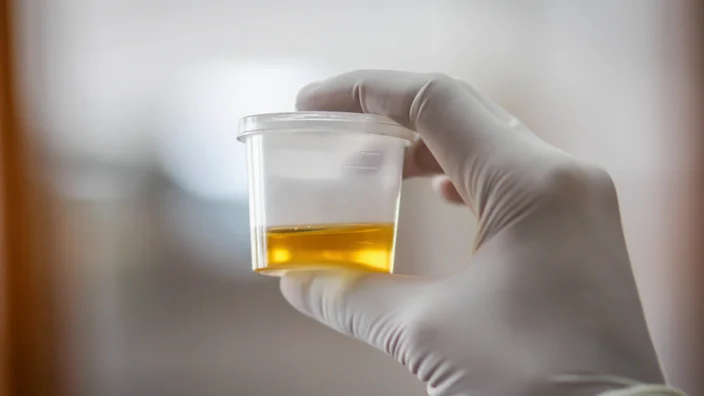The Innovations in Drug Testing vs. Synthetic Urine
In the realm of drug testing, innovations have continually emerged to stay ahead of individuals attempting to deceive the system, with synthetic urine serving as a prime example of this ongoing cat-and-mouse game. Traditional drug testing methods, such as urinalysis, have been critical tools for maintaining safety in various environments, from workplaces to athletic competitions. However, the market for synthetic urine products, designed to mimic the chemical composition and appearance of genuine human urine, has grown as individuals seek ways to circumvent these tests. To counteract this challenge, there has been a notable surge in innovations in drug testing technology. One significant development is the advent of advanced urine testing methods that are capable of detecting even the most sophisticated synthetic urine products. These tests are designed to not only identify the chemical markers of genuine human urine but also detect anomalies in temperature, pH levels, and creatinine concentrations.

Such comprehensive tests have made it increasingly difficult for individuals to pass drug tests using synthetic urine. Moreover, advancements in hair and saliva testing have gained prominence as alternative methods of drug screening. Hair follicle testing, for instance, can detect drug use over an extended period, often several months, making it a compelling choice for identifying long-term substance abuse. Similarly, saliva tests offer a non-invasive and easy way to detect recent drug use, providing a window of detection that can span just a few hours after use. These alternative methods have proven to be more challenging to manipulate with synthetic urine substances. Furthermore, technology has played a pivotal role in improving the efficiency and accuracy of drug testing. The development of point-of-care testing devices and mobile drug testing units has streamlined the process, reducing the risk of tampering with samples.
These innovations offer quick and reliable results, often eliminating the need for the time-consuming and potentially intrusive traditional laboratory tests. They also reduce the possibility of adulteration and substitution, which are common strategies employed by those attempting to use synthetic urine. While the battle between drug testers and those trying to deceive the system continues, it is evident that innovations in drug testing have gained the upper hand in recent years. Advances in technology, alternative testing methods, and portable testing devices have made it increasingly challenging for individuals to successfully employ synthetic urine to bypass drug tests. This not only ensures the integrity of drug testing protocols in various settings but also underscores the importance of staying ahead in the ongoing pursuit of a drug-free and safe environment. The constant evolution of drug testing methods serves as a testament to the determination to maintain a level playing field, whether in the workplace, sports, or public safety.
